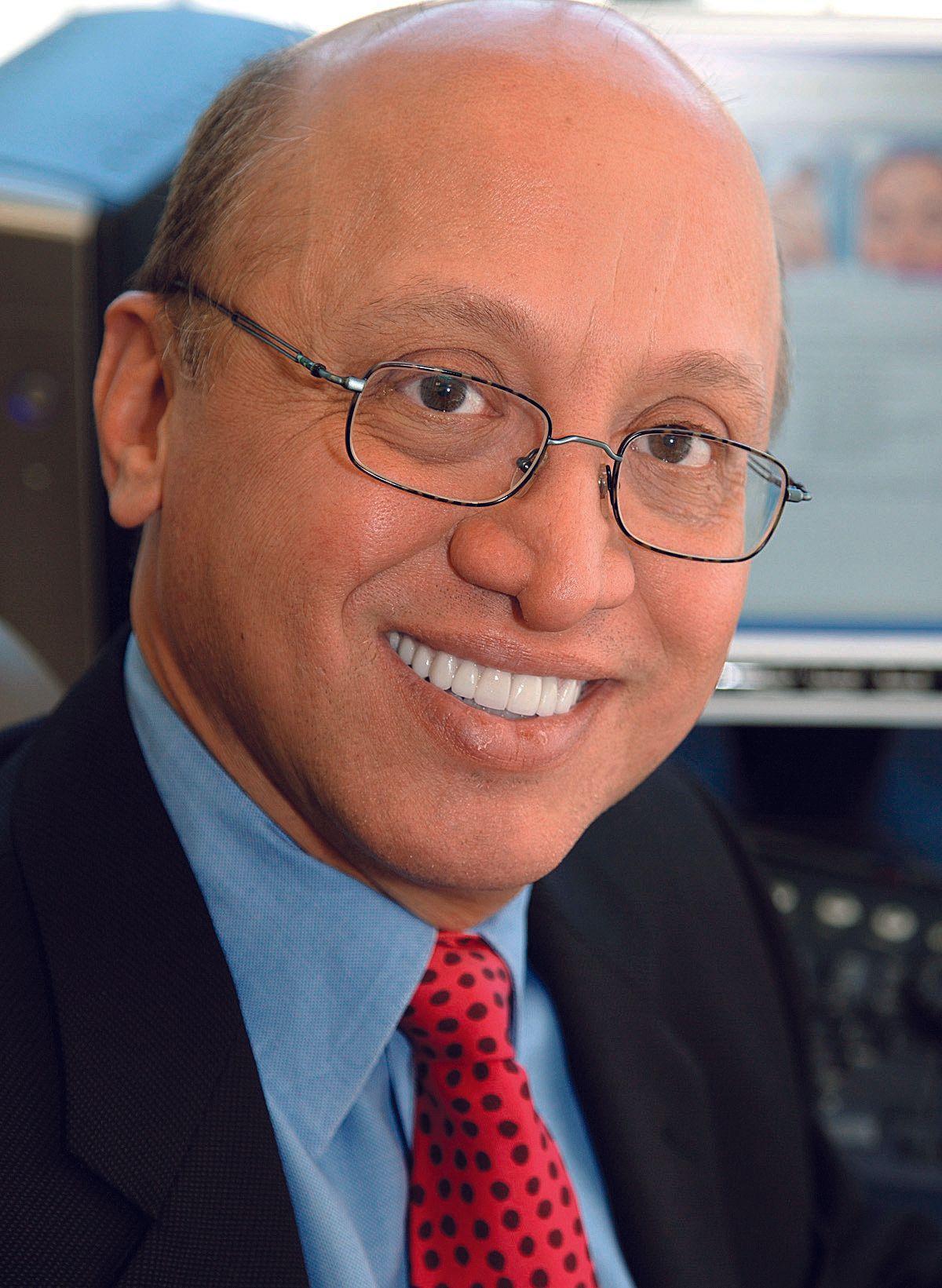- Case-Based Roundtable
- General Dermatology
- Eczema
- Chronic Hand Eczema
- Alopecia
- Aesthetics
- Vitiligo
- COVID-19
- Actinic Keratosis
- Precision Medicine and Biologics
- Rare Disease
- Wound Care
- Rosacea
- Psoriasis
- Psoriatic Arthritis
- Atopic Dermatitis
- Melasma
- NP and PA
- Skin Cancer
- Hidradenitis Suppurativa
- Drug Watch
- Pigmentary Disorders
- Acne
- Pediatric Dermatology
- Practice Management
- Prurigo Nodularis
- Buy-and-Bill
Article
Energy-based treatment advantages for acne
Author(s):
Two novel energy-based approaches are ushering in a new era in acne treatment. One expert addresses the role these devices may play.
Laser- and light-based treatments for acne have a long history of use and address the desire for interventions that can overcome the problems of poor patient compliance with topical therapies and side effects accompanying systemic medications. In addition, the energy-based approaches are relatively easy to perform, safe, and effective, at least compared with sham treatment. Predictability, however, has been an ongoing issue.

Dr. GoldbergTwo novel energy-based approaches, one that was approved for the treatment of mild-to-moderate inflammatory acne vulgaris in 2012, and the other that is now being investigated in an FDA clinical trial in the United States, are generating excitement about the potential to expand the role for energy-based device treatment of acne, says David J. Goldberg, M.D., J.D., director, Skin Laser & Surgery Specialists of NY/NJ, New York, NY.
Dr. Goldberg discussed these modalities at the South Beach Symposium (Miami Beach, Fla., February 2016).
“We are on the cusp of an exciting new era in the treatment of acne,” he says.
The approach that is already available uses a 650-microsecond 1064-nm Nd:YAG laser (LightPod Neo, Aerolase). Dr. Goldberg notes that Nd:YAG laser treatment for acne is not new. The near infrared light emitted by these devices targets water in the sebaceous gland and causes a decrease in gland size and function through heating.
The previously used Nd:YAG systems, however, have a pulse duration in the millisecond range. Compared with those devices, the short-pulse laser produces much less heat and that makes the treatment much more comfortable.
“The microsecond Nd:YAG laser allows treatment to be performed in all skin types without the need for cooling or anesthesia,” says Dr. Goldberg, who is also director, Laser Research, Icahn School of Medicine at Mount Sinai, New York, NY.
Also in contrast to the millisecond Nd:YAG lasers, the new microsecond device is thought to act by multiple mechanisms. Like the millisecond Nd:YAG lasers, it is thought to decrease sebaceous gland activity via a photothermal effect. This technology may also decrease blood supply to the gland through selective photothermolysis of vessels and eradicate P. acnes via a phototoxic or bactericidal effect.
As another benefit, the gentleness of the shorter pulse duration allows stacking of multiple pulses for better penetration to deeper pustules or cysts that are present in patients with moderate and severe forms of acne, says Dr. Goldberg
The microsecond Nd:YAG laser is also less expensive for physicians and patients because it requires no disposables.
NEXT: On the horizon
On the horizon
Laser-induced photothermolysis of sebaceous glands with metallic microparticles is still under investigation as a treatment for acne, and it is being developed by two different companies, one using gold microparticles (Sebacia) and the other silver (Sienna). The treatment using gold is being investigated in a United States clinical trial in which Dr. Goldberg is participating as an investigator.
The metallic microparticles, which are inert, serve as an exogenous chromophore. They are applied topically in a suspension formulation, and after allowing for penetration into the sebaceous unit, excess suspension is wiped from the surface of the skin.
When the gold or silver microparticles are exposed to optical pulses of a laser or light source emitting along the absorption curve used for laser hair removal, electron oscillation occurs with subsequent production of heat that leads to destruction of the proximal sebaceous unit.
“Efficacy data are still limited, but available information suggests this approach provides more consistent responses than previous light and laser modalities, and the explanation may be more selective targeting of the sebaceous unit,” Dr. Goldberg says.
“In addition, because light absorption occurs selectively in the follicle and not in the epidermis and dermis, the microparticle-based treatment is comfortable and avoids collateral tissue or epidermal damage.”
A study conducted in Poland by Paithankar and colleagues enrolling 48 patients using the gold microparticles found that the treatment was well tolerated.1 They reported a 61% average reduction in inflammatory lesions at 28 weeks after a single treatment performed with two passes.
The same investigators treated a second cohort of 51 patients with a series of three treatments performed at 2-week intervals and achieved a 53% reduction in inflammatory lesions at 16 weeks post-baseline.1
Dr. Goldberg has research grants from both Sebacia and Sienna Labs.
Reference
1. Paithankar DY, Sakamoto FH, Farinelli WA, Kositratna G, Blomgren RD, Meyer TJ, et al. Acne treatment based on selective photothermolysis of sebaceous follicles with topically delivered light-absorbing gold microparticles. J Invest Dermatol. 2015;135(7):1727-1734.





